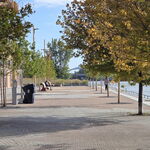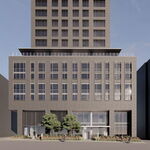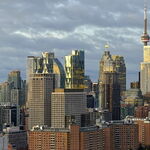The issue isn't statistical, it's more demographic. North Etobicoke is an economically and socially underprivileged area with poor transit links to educational and employment opportunities. Same for northwest North York. Folks living in this zone endure particularly long transit rides to get "anywhere".
I'm not sure that the answer is building north-south LRT routes, that may indeed turn out to be lightly used. Better connections to job areas around the airport, and into Brampton and Vaughan might hold more ridership potential. (I'm told that the bus ridership along the 407 into York U already exceeds the threshold that we are talking about to justify LRT lines in the city, yet no one is proposin a York U - Brampton LRT....yet). The Finch LRT will definitely improve things.
I have always wondered what the rationale for the proposed Jane LRT is. Jane narrows south of Lawrence, so not a good candidate for right of way separation. Without its own ROW it will be little faster than the Jane bus. It's almost like the planners (it's a Transity City product, IIRC) said " we have to put a north-south line out there someplace, lets do it on Jane so we can say we are doing something for Jane-Finch" but without think through the need that ought to be addressed. Jane to Weston and up Albion strikes me as a better fit, assuming Finch gets built all the way from the Airport to Yonge.
See? We start out debating Sheppard and end up solving Etobicoke's problems. That kind of proves the complaint

Returning to topic....
- Paul





